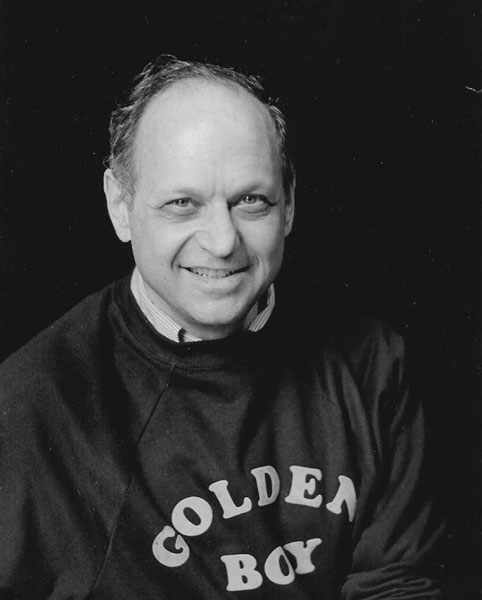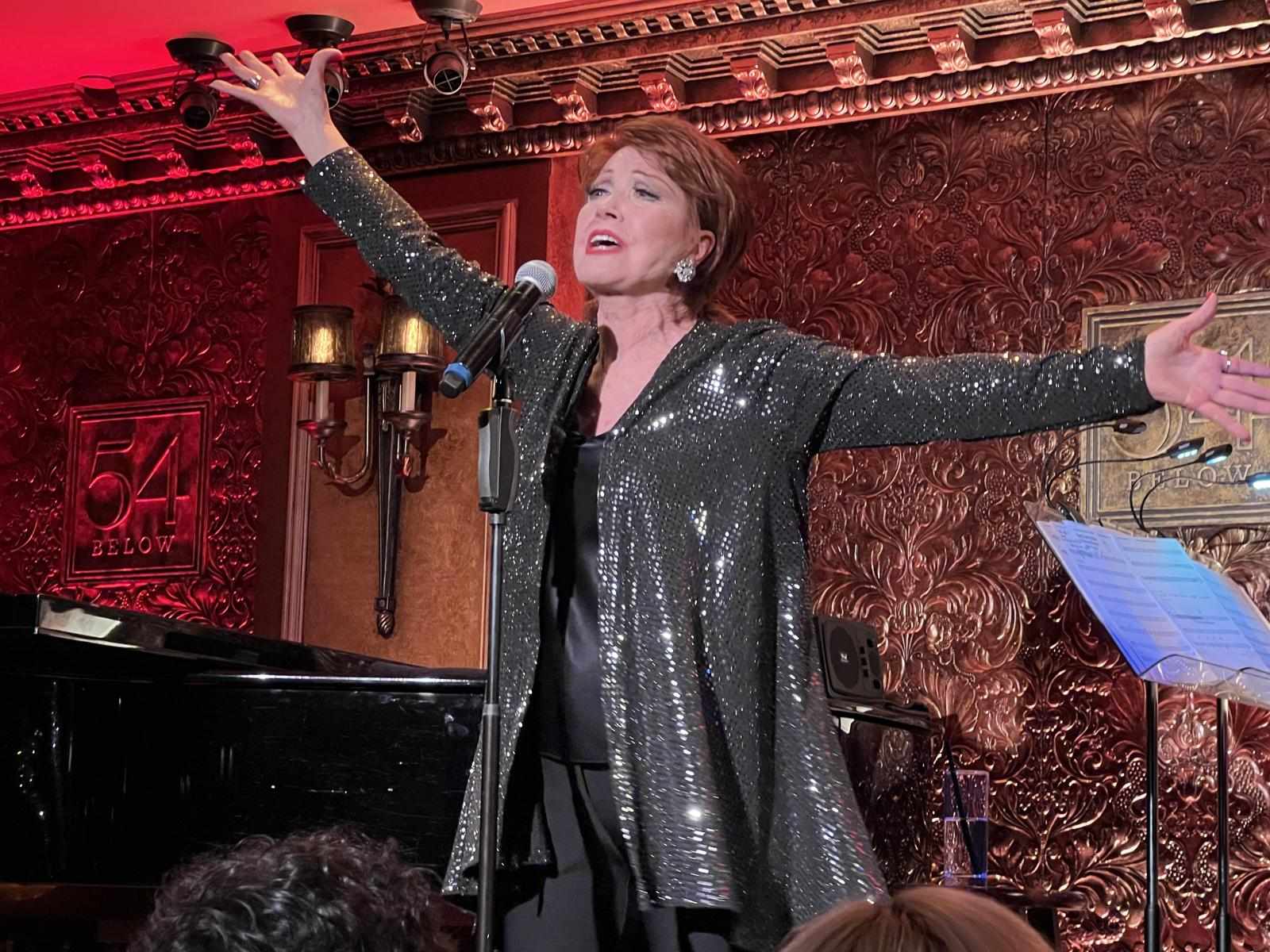
It was eighty years ago that the musical Pal Joey opened and caused a thrill up and down Broadway crying out "this ain't your grandfather's Broadway anymore." And it's still true, as explained in today's "Theatre Yesterday and Today."
Come December, it will be eighty years since Pal Joey opened on Broadway with a score by Richard Rodgers & Lorenz Hart and a book by John O'Hara, based on his novel. It starred a relative unknown named Gene Kelly for whom it was singular triumph that marked the last time he would appear on Broadway, leading as it did to an MGM contract that turned him into one of the biggest stars in Hollywood. But curiously, this now classic musical was not greeted very warmly by critics when it first opened. An anti-hero was a new concept at the time, and though all agreed its score was superb, many thought O’Hara's libretto (with an uncredited assist from the most famous play doctor of his day, George Abbott, who also directed), was too dark and gritty, especially for audiences looking for uplift during the Christmas season, eleven years into the Great Depression. Though hardly a failure (it ran 374 performances), it divided many who saw it, audiences as well as critics. People simply didn’t know what to make of it, in spite of enjoying its songs and dances.

The plot of Pal Joey is a simple one. Joey Evans is a second-rate emcee at a nightclub, but yearns to own his own place. Through manipulations, sleeping around, and double-crossing just about everyone he comes in contact with, he finally manages to succeed, but only for a time until he blows it all. It was highly unusual at the time for a leading man in a Broadway musical to not only not get what he wants, but lose the girl as well.
As Richard Rodgers himself put it: “Nobody like Joey had ever been on the musical comedy stage before.” In his opening night review, New York Times critic Brooks Atkinson closed it by asking the question: ‘Can you draw sweet water from a foul well?’’ Other reviewers pointed out the same thing: why would you want to spend an evening with someone you wouldn’t want to spend an evening with? Begrudgingly, Atkinson found a way to praise the show. “If it is possible to make an entertaining musical comedy out of an odious story, Pal Joey is it.”

It was Richard Rodgers who always held out hope audiences would eventually get the show, since he knew something odd was up early on when he wrote: “One out-of-town lady reviewer panned the show, but ran for cover in her very first sentence by saying that it would be pretty embarrassing if, a hundred years from now, the play turned out to be a great success.”
It didn’t take a hundred; it took a dozen. It also took a farsighted producer to make it happen; one with a single producing credit under his belt—Make a Wish—which ran three months. Far better known as a composer than a producer, it was Jule Styne who felt strongly that Pal Joey was due a second shot. Having loved the first production, he correctly identified the show as one which was ahead of its time, buoyed by a summer stock production he saw a year earlier, hatching his plan to bring it back to Broadway as soon as he could raise the money. And as one of the theatre’s great tunesmiths, Styne understood in his bones how great the score was. A betting man (he regularly played the horses) he rightly predicted that the timing was right for post-World War II audiences to embrace the musical’s darker undertones.
To fit the shoes of Gene Kelly, Harold Lang, one of the greatest of Broadway dancers, was cast as Joey. And in a surprise move, a more mature Vivienne Segal (now past fifty) was chosen to reprise her role as Vera Simpson, the high society woman with a keen sexual appetite for the low-life Joey. In a New York Times interview at the time of the revival, Segal recalled how in the original production, her most famous song “Bewitched, Bothered and Bewildered” wasn’t landing:
It was in the wrong spot, during rehearsals, I was singing it early in the show before I really knew Joey. I got them to move the song back to the tailor shop scene, but even then it created no sensation out of town. No one yelled for encores, so Larry wrote no extra verses for me to sing. Then we came to New York and on opening night suddenly it happened. They wanted more, more. I remembered a couplet Larry had written but thrown out because he didn’t like it:
“Dumb again, numb again, like Fanny Brice singing Mon Homme again …”
I sang it and George Abbott, our director, asked afterwards, “How on earth did you even remember that?’” I told him, “I was so damn mad Larry didn’t write any encores for me, I had to remember something!” That couplet stayed in, and of course, Larry wrote more verses.

Besides “Bewitched,” which became a standard of the Great American Songbook, the score boasted such other gems as “I Could Write a Book,” “You Mustn’t Kick It Around, “What is a Man?” and “Zip.”
The 1952 Pal Joey ran 540 performances, a full 200 more than the original production. When Atkinson reviewed the evival, he somewhat ate his words when he acknowledged that originally he was “not enchanted” by the show and admitted he didn’t recognize then that “Pal Joey was a pioneer in the moving back of musical frontiers, for it tells an integrated story with a knowing point of view.”
In addition to Lang and Segal, the powerhouse cast included future Tony Award winners Helen Gallagher as Gladys and Elaine Stritch as Melba. The Joey understudy was the future director and choreographer Bob Fosse, who would go on to play the role in two other productions, most notably in a limited two-week run at City Center ten years later, for which he was nominated for a Tony Award as Leading Actor in a Musical. Critic John Chapman in the New York Daily News went so far as to state that Fosse surpassed Gene Kelly in the role of Joey.

And just for a little perspective, I can’t help quote from Robert Coleman’s review in the New York Mirror of this Fosse version: “Though it’s selling for a $3.95 top, you couldn’t find better entertainment at twice or triple that figure.”
Uh… yeah.
There have been subsequent Broadway revivals of Pal Joey (none of them successful) and a bastardized film version with Frank Sinatra, Rita Hayworth and Kim Novak best left out this discussion. The show's tensions and balance are a tough nut to crack, but what remains is the significant contribution to the art of the American musical it made by way of its forthright portrayal of the sexual play between men and women—something as honest as it was brutal—as well as somewhat scary to people facing the Depression and soon to fight World War II. As Scott Miller writes in his 2007 book Strike Up the Band: "And though musical comedy had always been about romance, never before had a musical been so clearly and exclusively about copulation. Both leading characters wanted very little besides sexual intercourse. It might be fair to say that musical comedy hit puberty with Pal Joey, and it would hit maturity three years later with Oklahoma!" (with a score, perhaps unsurprisingly, by Richard Rodgers).
If you enjoy these columns, check out Up in the Cheap Seats: A Historical Memoir of Broadway, available at Amazon.com in hardcover, softcover and e-book. Also sign up to follow me here, and feel free to email me with comments or questions at Ron@ronfassler.org.





















Write a comment ...